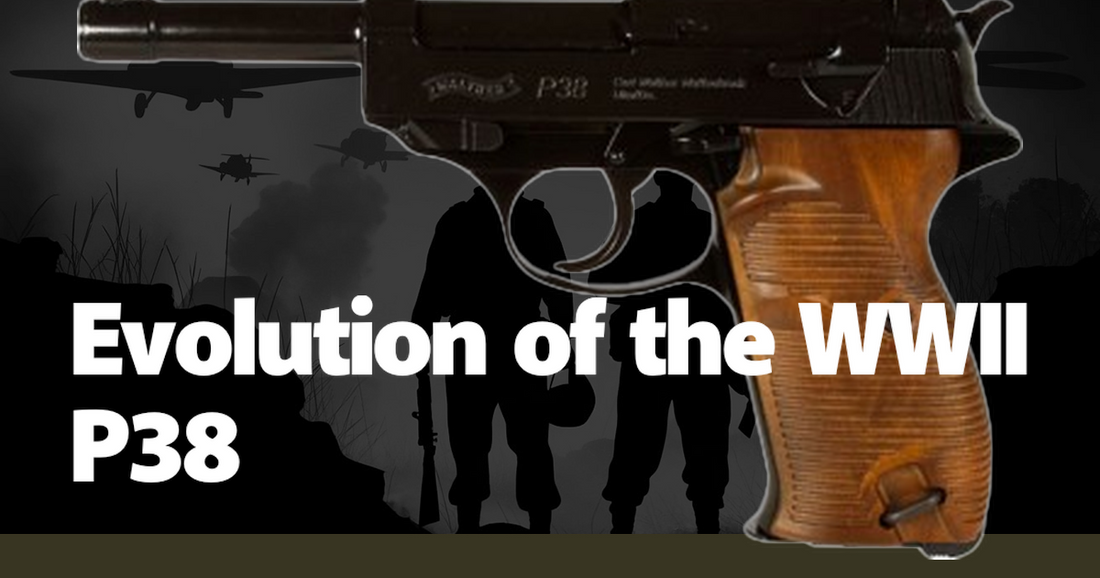The P-38 Lightning, an iconic American fighter aircraft developed by Lockheed, represents a fascinating chapter in the annals of World War II aviation history. When the United States Army Air Corps issued a specification for a high-altitude interceptor in 1937, Lockheed's chief engineer, Clarence "Kelly" Johnson, responded with an unconventional twin-boom design that would become the P-38. The aircraft's unique configuration, with its twin engines and central nacelle housing the cockpit, was revolutionary. It promised not only the speed and altitude performance the military sought but also unparalleled firepower, as all its armaments were concentrated in the nose, eliminating the need for complex synchronization mechanisms.
The P-38's maiden flight on January 27, 1939, was a harbinger of its future successes and challenges. The prototype, designated XP-38, demonstrated impressive performance, reaching speeds of 413 mph. However, it also revealed several issues, including engine reliability and aerodynamic instability. These early trials were crucial in refining the design. Engineers worked tirelessly to address these problems, leading to the production of the YP-38 pre-production models. These iterations introduced modifications such as improved engine cooling and aerodynamic tweaks, which significantly enhanced the aircraft's performance and reliability.
As the P-38 entered service, it quickly proved its mettle in various theaters of World War II. In the European Theater, it was one of the few Allied fighters capable of escorting bombers deep into enemy territory, thanks to its long range. The P-38's versatility was showcased in the Pacific Theater, where it excelled in both air-to-air combat and ground attack missions. One of the most storied engagements involving the P-38 was the interception and downing of Admiral Isoroku Yamamoto's aircraft in April 1943. This mission, codenamed Operation Vengeance, highlighted the P-38's strategic value and its pilots' skill and bravery.
The P-38's adaptability extended beyond its combat roles. Variants such as the F-4 and F-5 were equipped with cameras instead of guns, transforming the Lightning into a formidable reconnaissance platform. These versions played a critical role in gathering intelligence, mapping enemy positions, and conducting photo reconnaissance over vast areas. The P-38's ability to fly at high altitudes and its long range made it ideal for these missions, providing invaluable information that shaped Allied strategies and operations throughout the war.
Despite its successes, the P-38 was not without its detractors. Pilots often criticized its handling characteristics, particularly at high speeds, where compressibility issues could lead to loss of control. These problems were partially mitigated by the introduction of dive recovery flaps in later models, which improved stability during high-speed dives. Maintenance crews also faced challenges due to the aircraft's complexity and the need for specialized tools and training. However, the P-38's advantages often outweighed these drawbacks, and it remained a vital asset to the Allied forces until the end of the war.
The P-38's legacy is also marked by the stories of the men who flew it. Pilots like Richard Bong and Thomas McGuire, the top two American aces of the war, achieved their remarkable records in P-38s. Bong, with 40 confirmed kills, and McGuire, with 38, exemplified the aircraft's lethal capabilities and the courage of its pilots. Their exploits, along with those of countless other P-38 pilots, contributed to the aircraft's legendary status and underscored its impact on the outcome of the war.
Post-war, the P-38 continued to serve in various capacities, including as a training aircraft and in secondary roles within the newly formed United States Air Force. Its contributions to aviation technology and military strategy were significant, influencing the design of future aircraft and the development of aerial combat tactics. The P-38's twin-engine configuration, for example, inspired later designs such as the P-61 Black Widow and the F-82 Twin Mustang, demonstrating its lasting influence on aviation engineering.
Today, the P-38 Lightning is celebrated as a symbol of innovation and resilience. Restored examples of the aircraft can be seen at air shows and museums, where they stand as a testament to the ingenuity and determination of those who designed, built, and flew them. The P-38's story is a powerful reminder of the technological advancements and human spirit that shaped the course of World War II, leaving an indelible mark on history and inspiring future generations of aviators and engineers.

